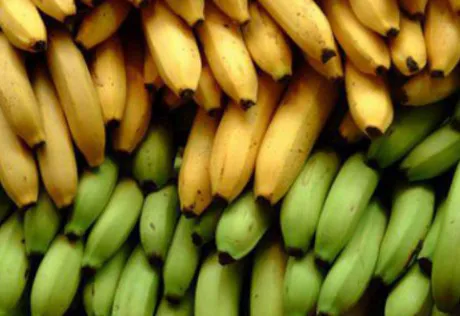
This by-product generates a serious environmental problem due to its high organic load, meaning it is essential to find an alternative use for it. Banana peel is a source of antioxidant compounds such as phenolic compounds with anti-cancer, anti-ageing and anti-inflammatory properties and is therefore important for human health. However, there are no studies on the phenolic compound content of banana varieties.
Researchers Espinosa Alfredo from the University of San Francisco di Quito and Santacruz Stalin from the Laica Eloy Alfaro University in Manabí (Ecuador) quantified the phenolic compound and tannin content in the peel of Musa cavendish, Musa acuminata and Musa cavandanaish during ripening. They used a spectrophotometer after ethanol extraction and the content was expressed as gallic acid equivalents (GAE) and tannic acid equivalents (TAE).
"Results showed that the highest phenolic compound and tannin content was 6411 and 1056 mg/100g of peel respectively. In addition, we discovered that the ripening process leads to a reduction of phenolic compounds (GAE) and tannins (TAE) and that the three varieties of banana used were a good source of phenolic compounds and tannins during the first three stages of organoleptic ripening."
Source: Espinosa Alfredo and Santacruz Stalin, 'Phenolic compounds from the peel of Musa cavendish, Musa acuminata and Musa cavandanaish', 2017, Revista Politécnica, Vol. 38, No. 2, pag. 69-74.
